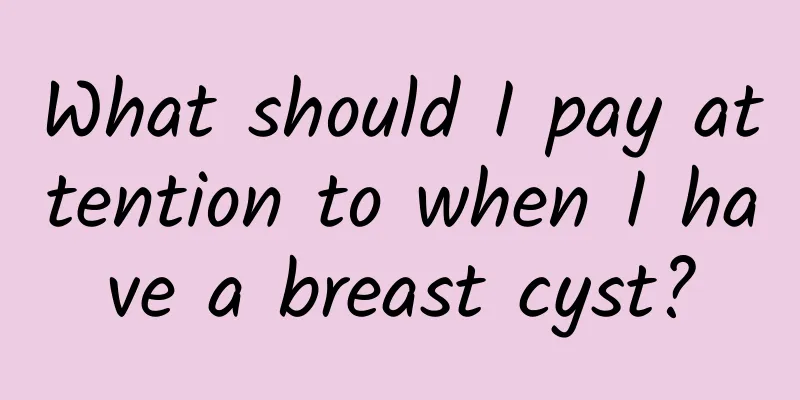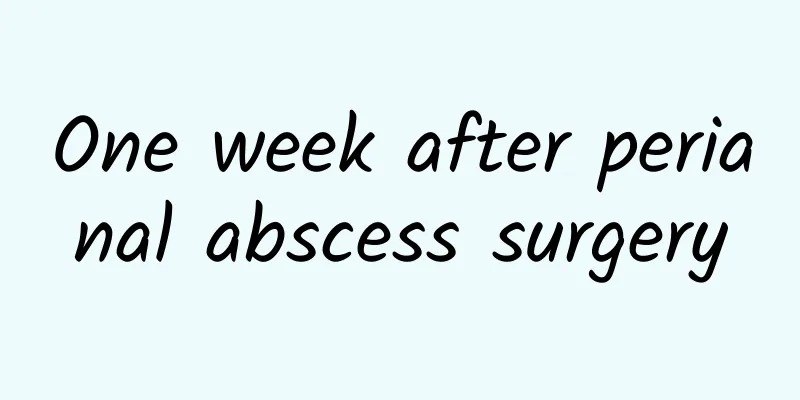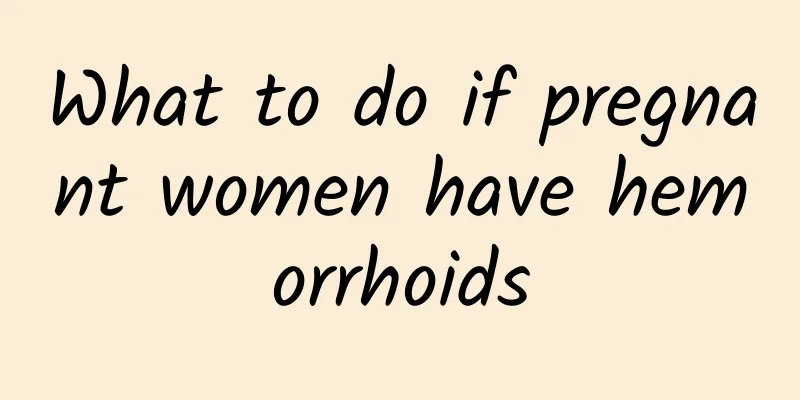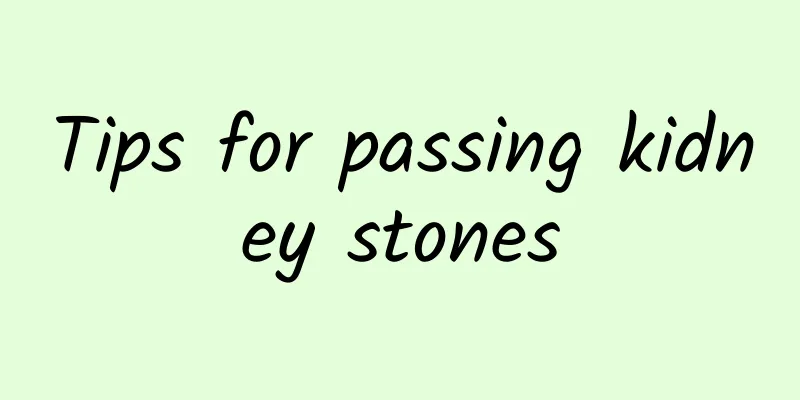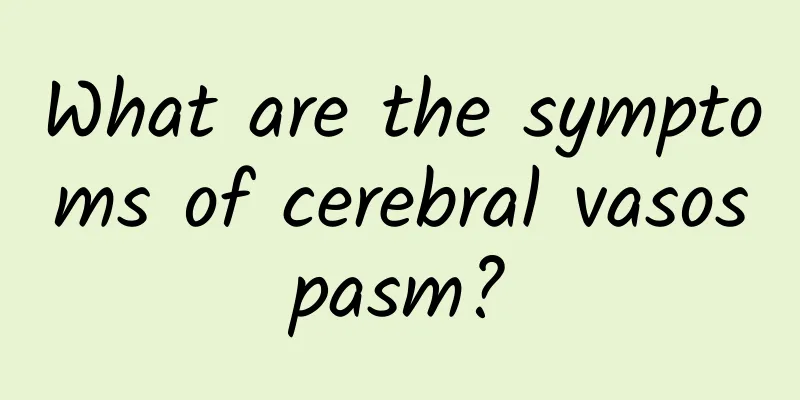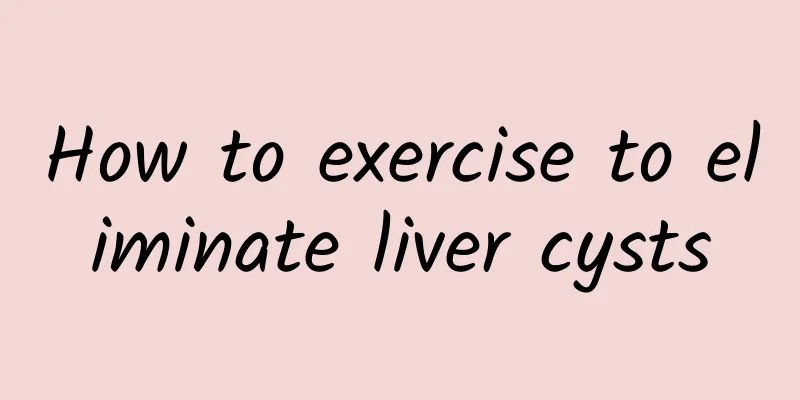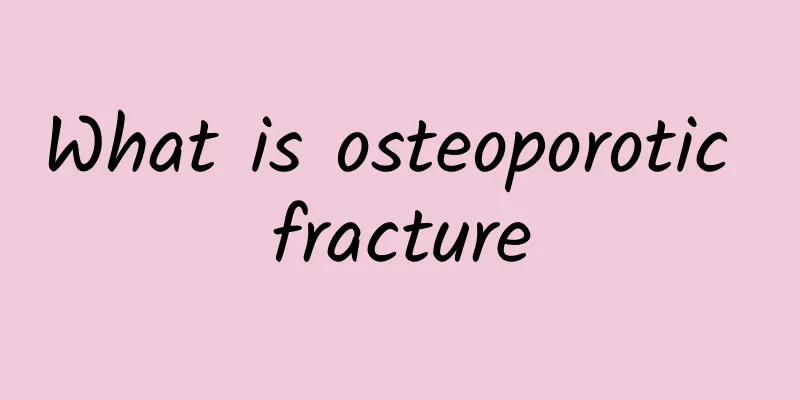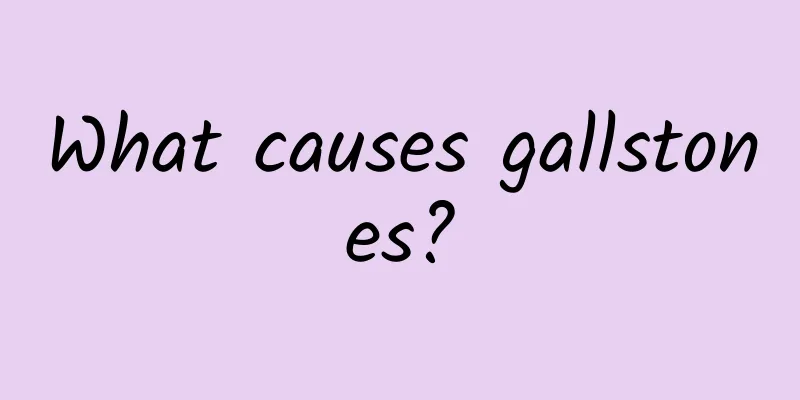What are the symptoms of gallstones?
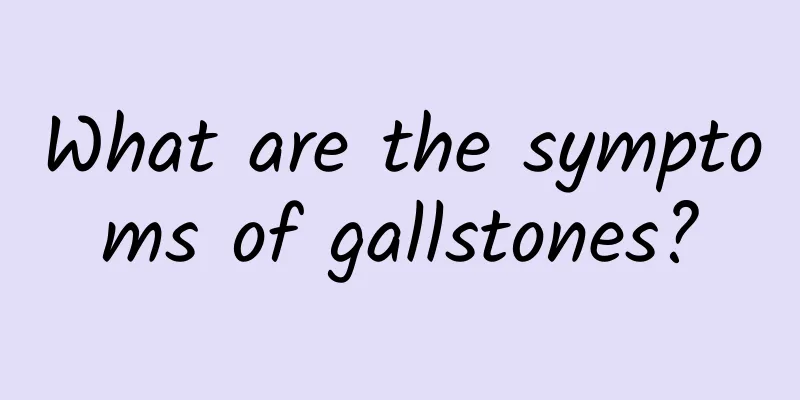
|
The most common symptom of gallstones is pain in the right upper abdomen, which usually presents as cramps. Nausea, vomiting, jaundice, and fever may also occur. Because of the diversity and potential complexity of symptoms, if similar symptoms occur, it is recommended to seek medical attention in a timely manner to obtain an accurate diagnosis and appropriate treatment. Pain in the right upper abdomen is often caused by gallstones blocking the bile duct. This pain may extend to the back or below the right shoulder blade. The pain usually occurs after eating, especially after consuming high-fat foods. The accompanying nausea and vomiting may be due to poor bile discharge, causing indigestion problems. If the bile duct is completely blocked by gallstones, jaundice may occur, that is, the skin and whites of the eyes turn yellow. Some patients will also have symptoms such as darker urine and lighter stool. If an infection occurs, the patient may experience chills and fever. In more serious cases, gallstones can lead to complications such as cholecystitis, cholangitis, or acute pancreatitis, which often need to be treated as soon as possible to prevent serious consequences. Management of gallstone problems begins with a detailed medical evaluation. Ultrasound is the most common and effective way to diagnose gallstones and can confirm the presence and location of the stones. Once the diagnosis is confirmed, treatment options may include non-surgical and surgical interventions. Non-surgical treatments such as oral cholesterol-dissolving drugs (such as ursodeoxycholic acid) can be used to dissolve small stones, but they need to be taken for a long time and have limited effectiveness. For patients with larger stones or complications caused by stones, surgical treatment is usually recommended, such as laparoscopic cholecystectomy, which is currently the most common method and has the advantages of less trauma and faster recovery. For patients who are not suitable for surgery, percutaneous cholecystostomy may be an alternative treatment to help reduce pressure in the gallbladder and relieve pain. Lifestyle adjustments also play a key role in the management of patients with gallstones. Maintaining a healthy diet and avoiding high-fat, high-cholesterol foods can effectively reduce the frequency of symptom attacks. Increasing dietary fiber intake, such as eating more fruits, vegetables, and whole grains, can help improve digestion. Maintaining regular exercise and helping to maintain a proper weight can reduce the risk of gallstone formation. In life, in addition to paying attention to diet and exercise, patients with gallstones need to monitor their health status regularly and communicate closely with their doctors to prevent stones from causing further health problems. Whether you are already aware of gallstones or just suspect you may have the disease, it is important to seek professional medical help in a timely manner. Doctors can provide treatment plans that are tailored to your individual needs to help control symptoms, prevent complications, and improve your quality of life. With professional guidance and their own efforts, people with gallstones can better manage their health and reduce the impact of the disease on their daily lives. |
<<: Will an anal fistula form after an perianal abscess ruptures?
>>: How painful is perianal abscess surgery?
Recommend
Herpetic stomatitis treatment
Herpetic stomatitis may sound unfamiliar, but it ...
How can I know if I have cervical spondylosis?
How can I know if I have cervical spondylosis? Ce...
How to treat gastric cardia relaxation
Gastric cardia relaxation is a common gastrointes...
What is the best way to treat breast cysts?
Breast cysts are usually benign lesions and do no...
How to treat gallstones more thoroughly
Definitive treatment of gallstones often relies o...
What to do if pregnant women have unbearable pain from perianal abscess
If a pregnant woman has an anal abscess and the p...
How to massage breast nodules better
Massage cannot cure breast nodules. It is recomme...
Is it better to have a breast cyst through surgery or minimally invasive surgery?
Breast cysts can be treated through open surgery ...
What are the symptoms of abdominal aneurysm?
Symptoms of abdominal aneurysm include a pulsatin...
How to treat lung tumors
If a tumor is found in the lungs, the treatment w...
Can I drink millet porridge if I have breast cyst?
Patients with breast cysts can drink millet porri...
Do minor hemorrhoids require surgery?
If the hemorrhoids are mild, relatively small, no...
People with malignant tumors in the intestines generally have 6 physical manifestations. Pay attention to them.
As usual, Mr. Li gets up at 5 a.m. and starts his...
What to eat to disperse breast nodules
Breast nodules are a problem that many people may...
What is an abdominal aortic aneurysm stent and what are the treatments?
What is an abdominal aortic aneurysm stent? How i...
